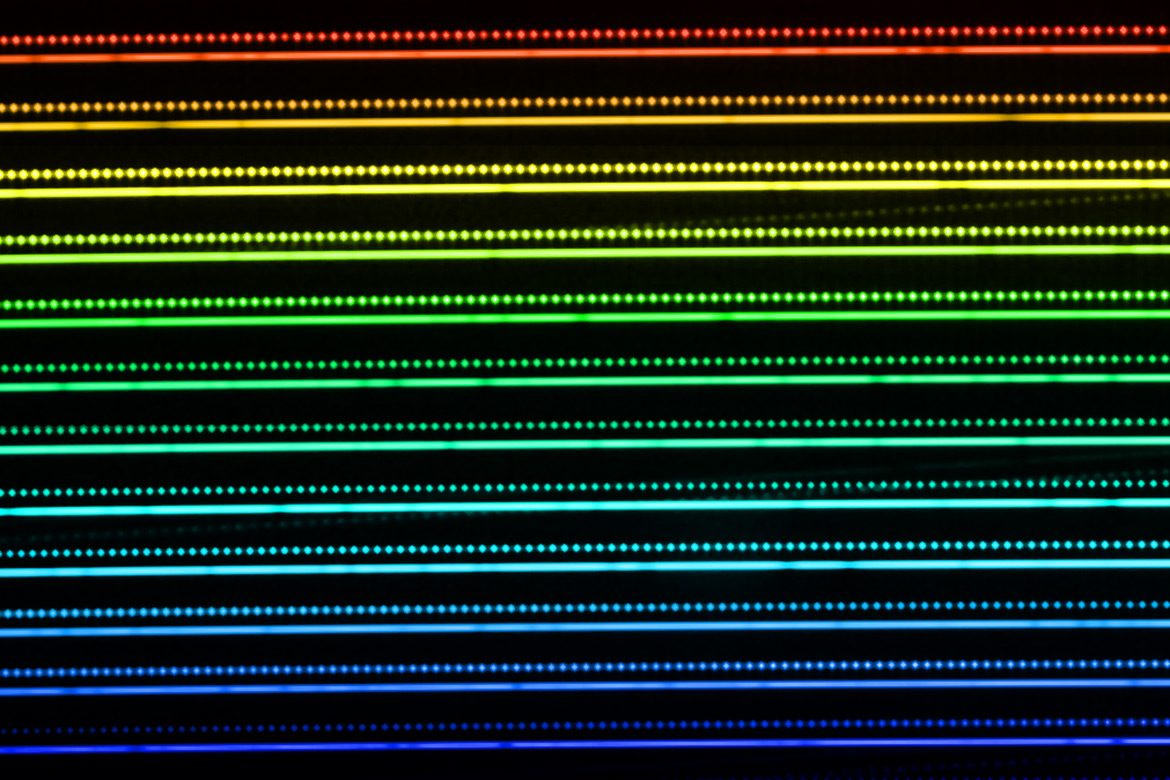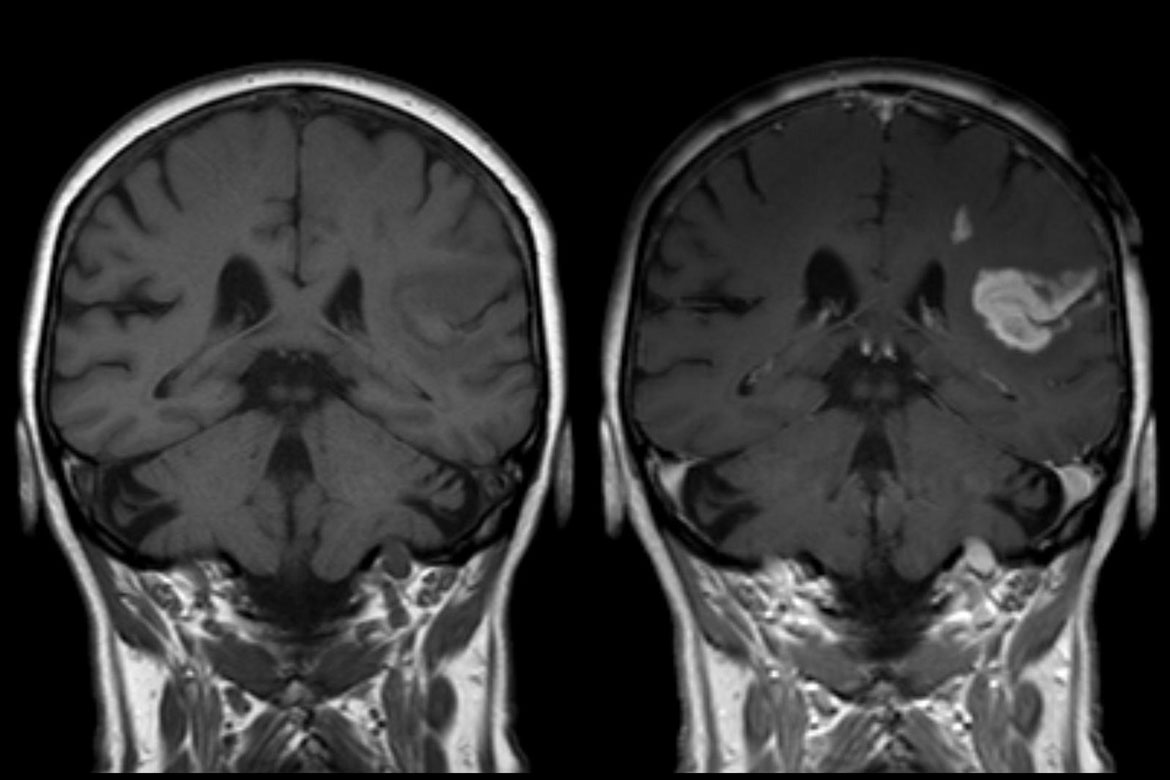DIAGNOSTICS
Using PET scans to detect gene patterns in diseased cells
Radioactive tracers can make typical gene patterns visible for certain diseases. An AI-based analysis has revealed yet unutilised possibilities.

Positron emission tomography (PET scans) can also be used to measure gene activity. | Image: iStock
The genes of the human genome can be likened to myriad tiny light switches. Some of them are switched on, while others are switched off. New patterns of active and inactive genes can emerge, and this occurs most often in diseased cells. Some of these patterns can be depicted visually by means of imaging techniques. A team led by Martin Walter, a specialist in nuclear medicine from the University of Lucerne, has now identified for the first-ever time which genes can be targeted by imaging agents. This ‘imageable genome’ could help with diagnosing many diseases.
The researchers used a procedure derived from nuclear medicine. In positron emission tomography (PET), doctors inject their patients with radioactive particles known as radiotracers. These are tailored precisely so that they bind to cell structures of the body such as proteins. The genes that are currently active ensure that certain proteins are formed. Doctors can then use the PET image to recognise the cells that have been marked by the radiotracers. Walter’s research team wanted to use this method to make images of specific gene patterns in cases of disease.
With the help of two algorithms, they then discovered that over 9,000 different radiotracers are currently known to medical literature and can overall detect the activity of some 1,200 genes. “It’s only thanks to the availability of artificial intelligence that we’ve been able to make these analyses”, says Walter. His team subsequently analysed which of these genes is switched on in which diseases. In this manner, they were able to identify 41 such imageable genes whose activity pattern is different in the early phase of Alzheimer’s disease than is the case in healthy people.
Walter estimates that it will nevertheless take at least another five years before these methods will achieve clinical use. Once they’re on the market, however, they’ll save money for the healthcare system because they will enable more precise diagnostics – which will in turn allow for more customised therapies.




